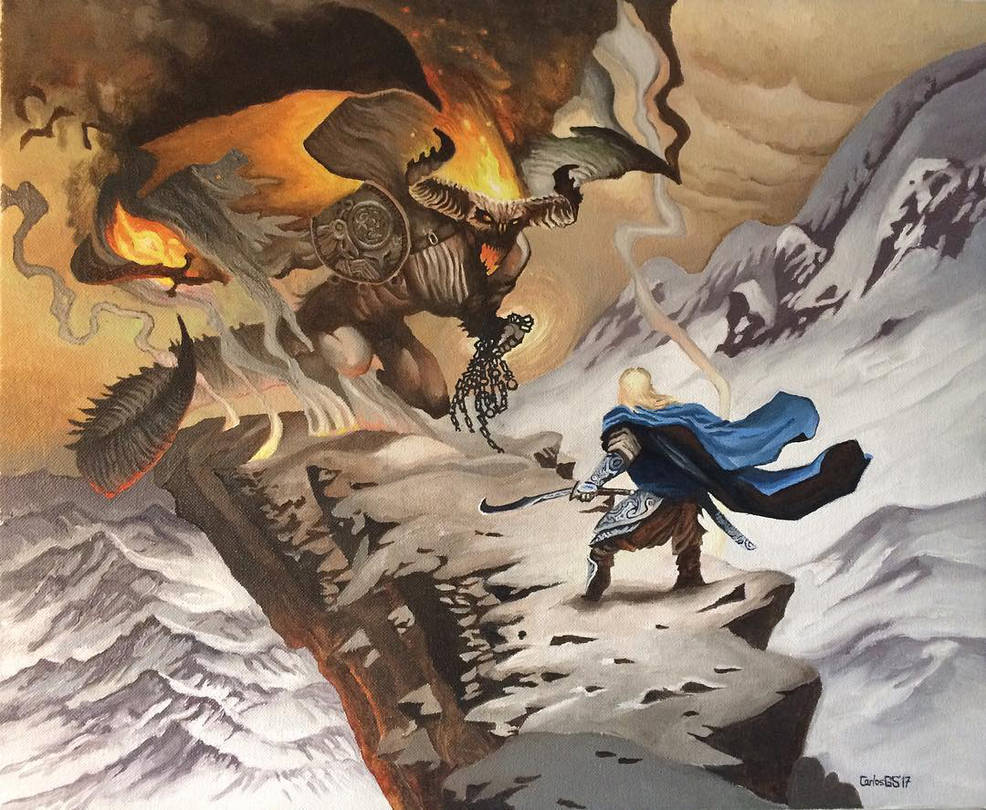Good morning gamers!
This post kicks off a three-post series on some random musings I've had on armies of evil - I normally play armies of good (I'm that kind of guy), but despite my pure heart and lawful-good personality, I am the proud father of three stormtroopers. So...I play against a lot of evil armies (and collect a lot of evil armies so my stormtroopers have something fittingly evil to use).
So today's post involves some thoughts I've been mulling around for quite some time. The primary driver for these thoughts is that recently (much to my delight), my son Gorgoroth has started playing the game. After I showed him the new rulebooks, he wanted to read the books - so I said, "Let's start with The Hobbit." So we did - and we're reading it now. Some of the first characters Bilbo meets on his adventures are the three Trolls - Bert, Tom, and William (not Bill - he's called William in the book, so that's what we call him). Shortly after running into these three characters, Bilbo is plunged into the depths of Goblin-town and meets "the Great Goblin" and all his little minions. As we met these characters, my son asked, "What do these guys look like in the game?" So I showed him.
This post kicks off a three-post series on some random musings I've had on armies of evil - I normally play armies of good (I'm that kind of guy), but despite my pure heart and lawful-good personality, I am the proud father of three stormtroopers. So...I play against a lot of evil armies (and collect a lot of evil armies so my stormtroopers have something fittingly evil to use).
So today's post involves some thoughts I've been mulling around for quite some time. The primary driver for these thoughts is that recently (much to my delight), my son Gorgoroth has started playing the game. After I showed him the new rulebooks, he wanted to read the books - so I said, "Let's start with The Hobbit." So we did - and we're reading it now. Some of the first characters Bilbo meets on his adventures are the three Trolls - Bert, Tom, and William (not Bill - he's called William in the book, so that's what we call him). Shortly after running into these three characters, Bilbo is plunged into the depths of Goblin-town and meets "the Great Goblin" and all his little minions. As we met these characters, my son asked, "What do these guys look like in the game?" So I showed him.


